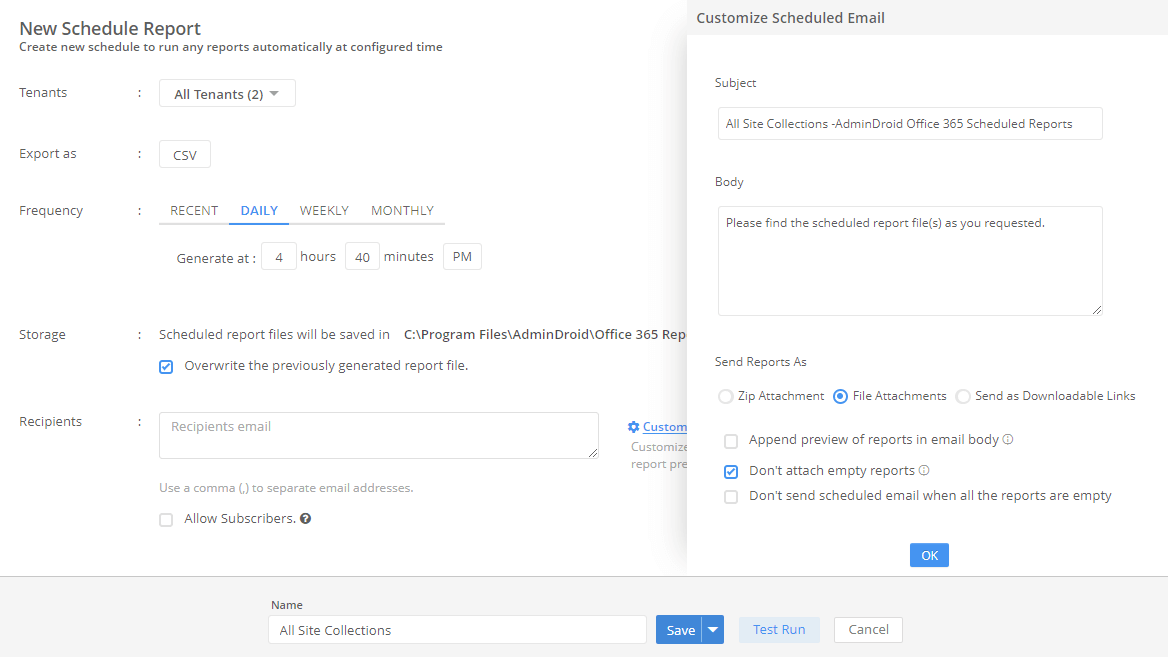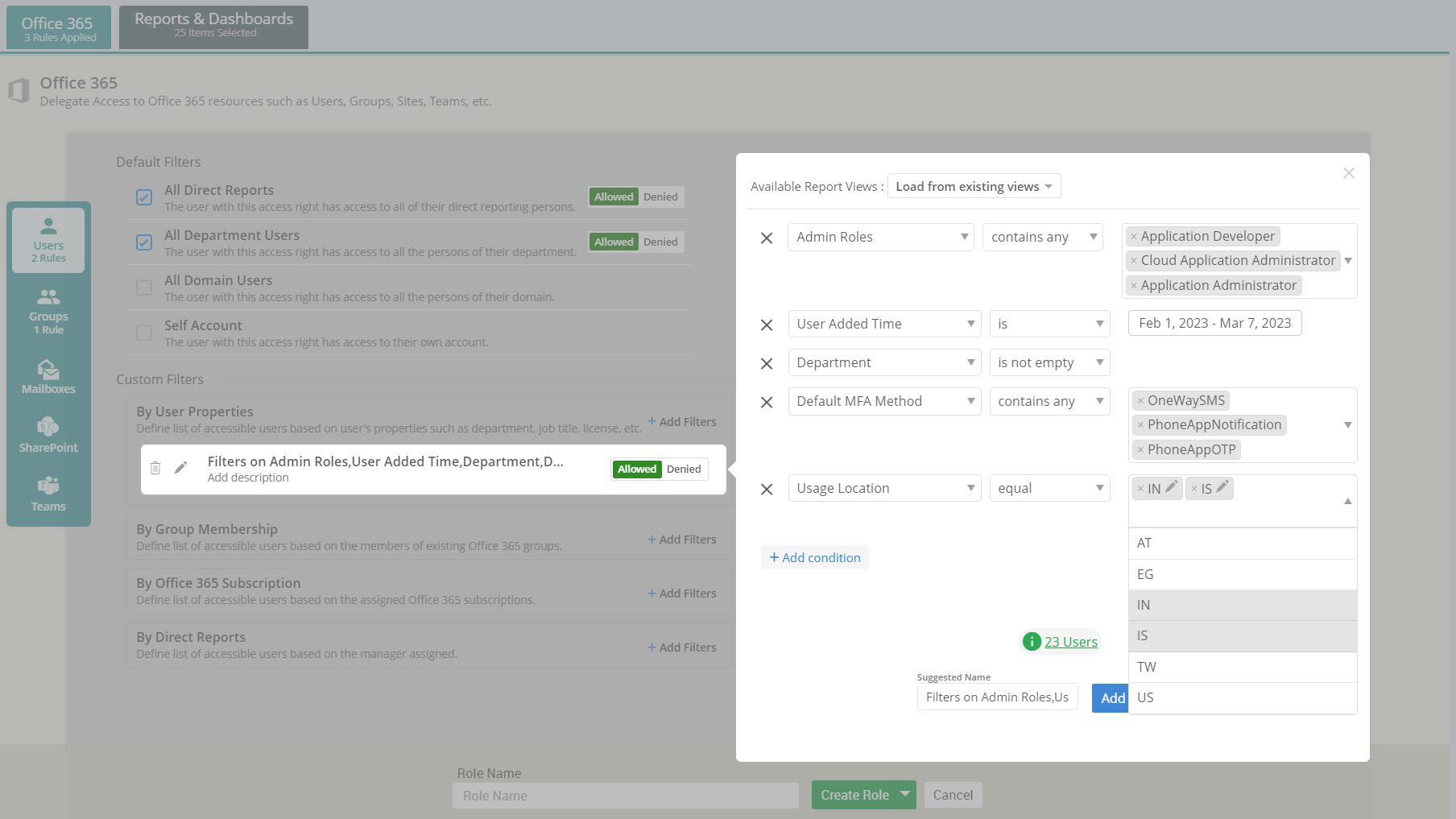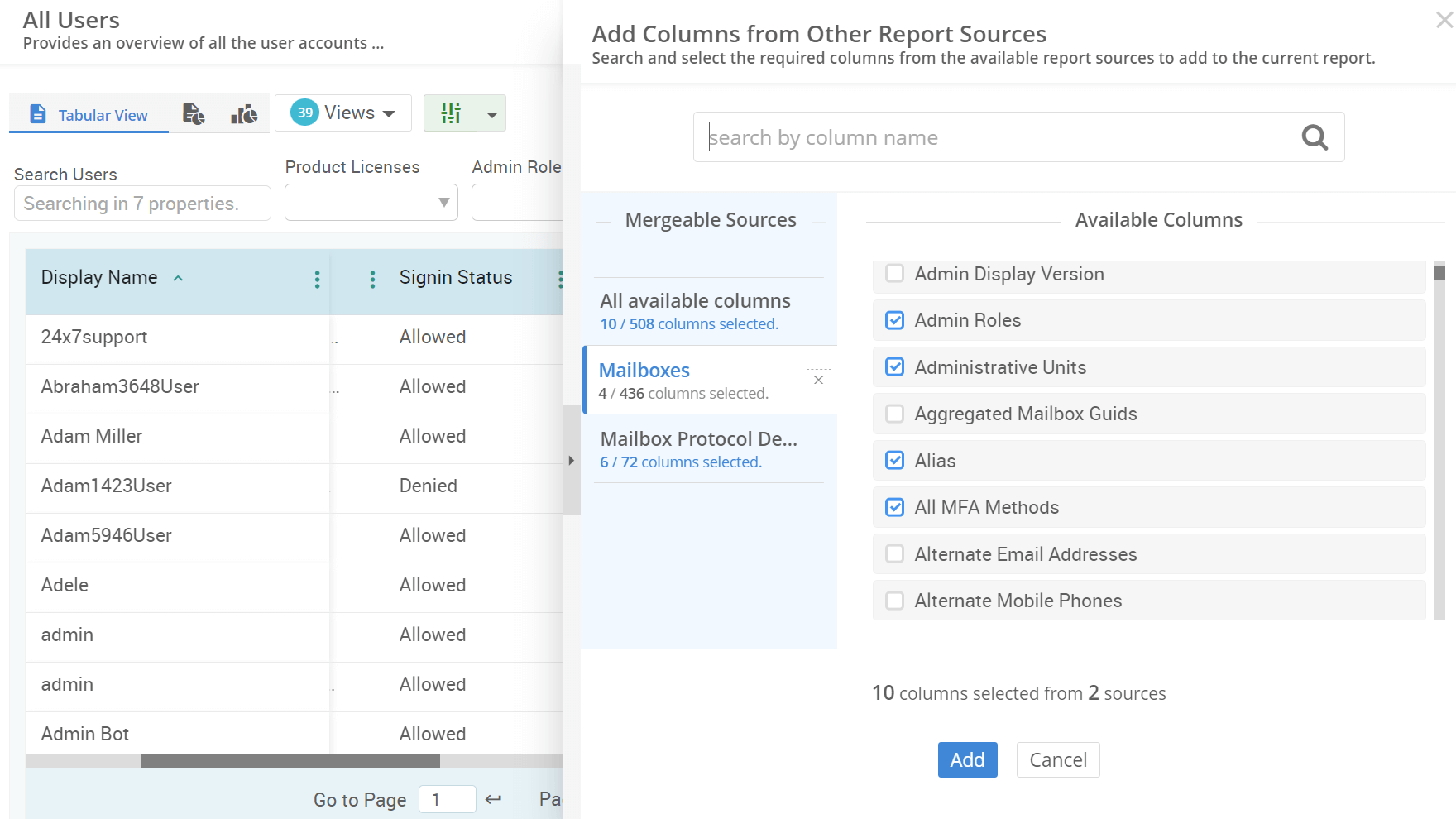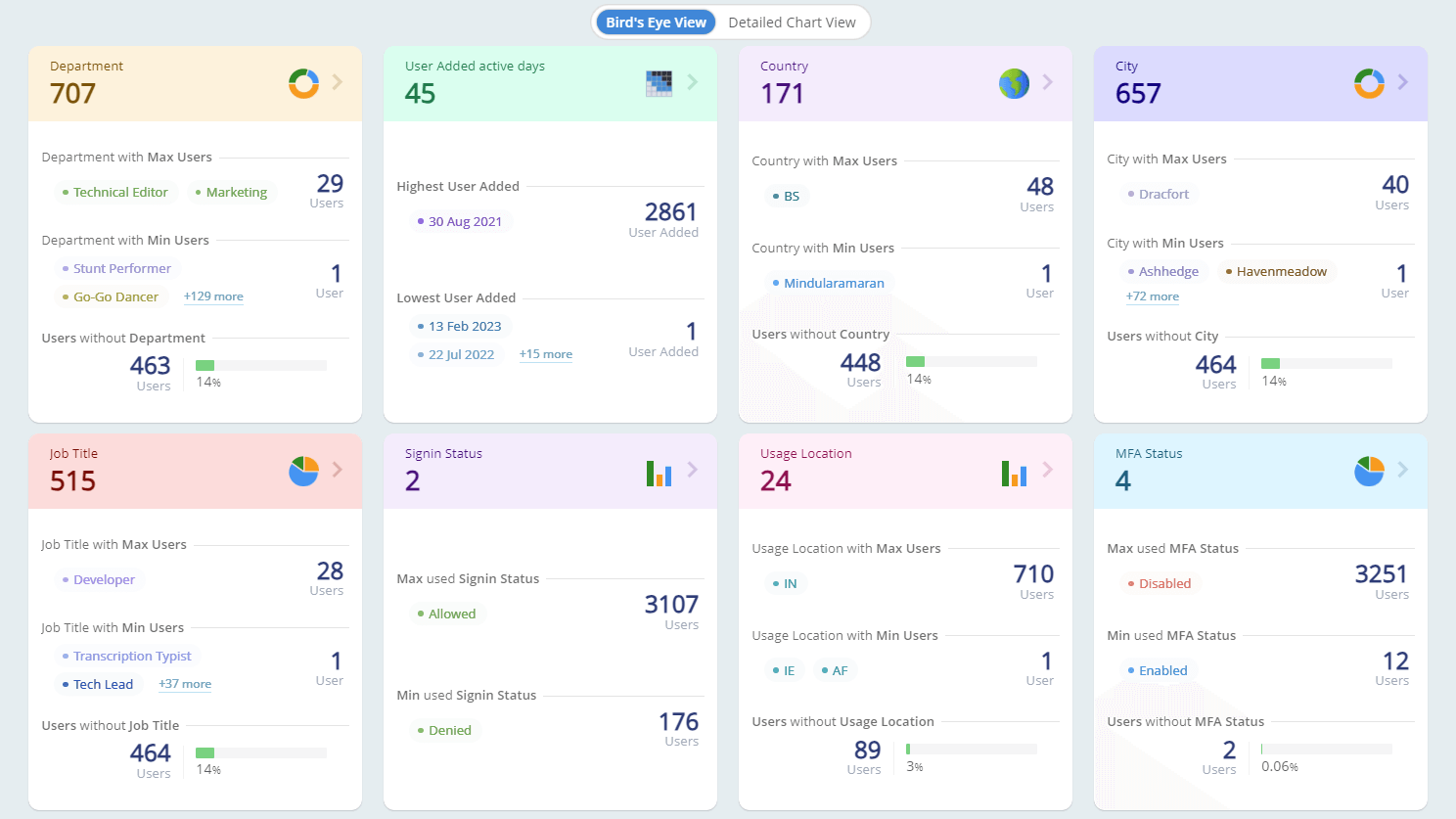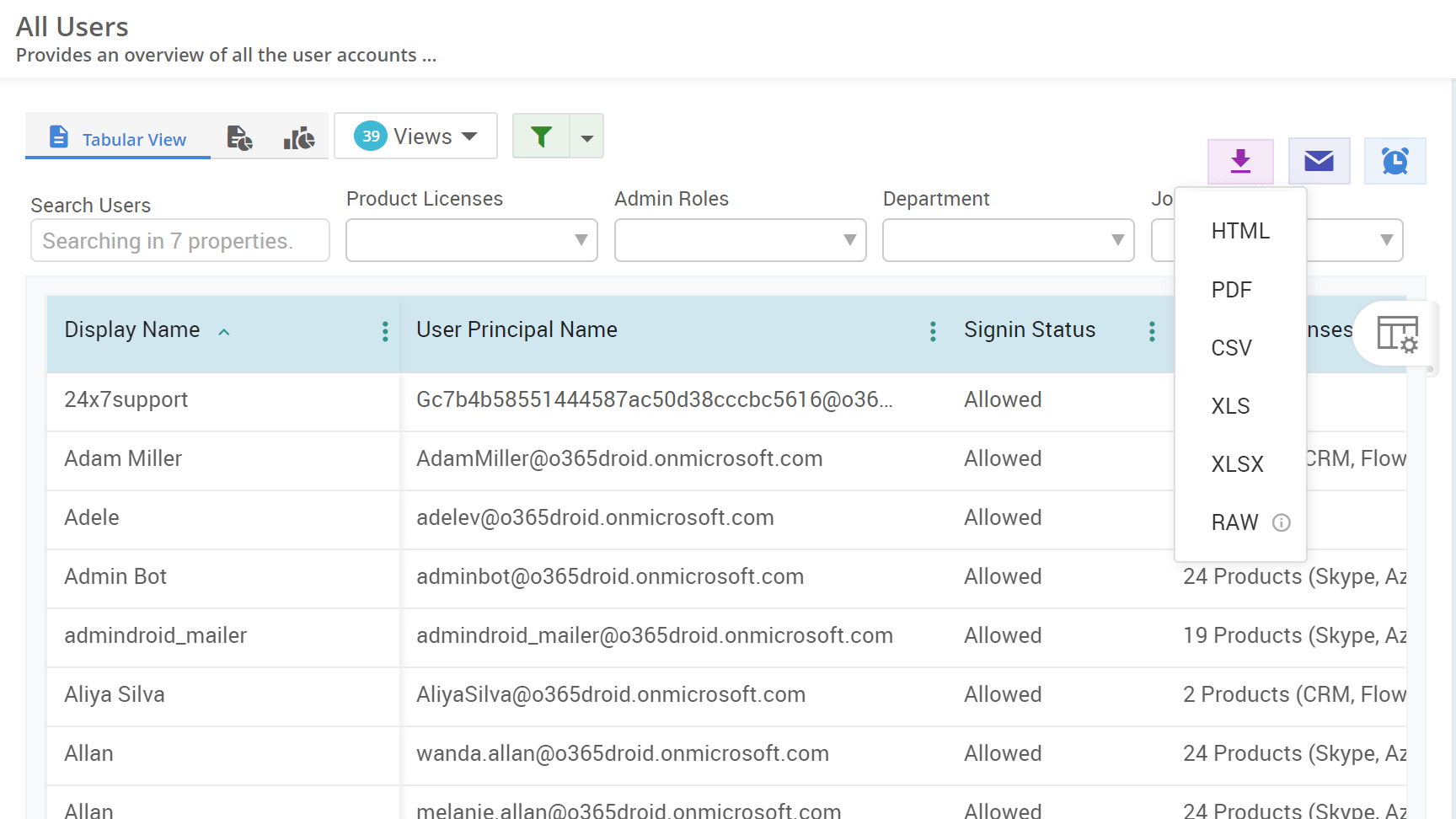How to Get Microsoft 365 Policy Operations Report in Azure AD
How secure is your Entra ID environment during policy changes? Even minor adjustments in your organization’s policies can accidentally lead to unauthorized access, exposing sensitive data. By keeping track of all policy operations, you can quickly spot these changes, investigate the cause, and take action. This guide covers the most effective methods to monitor and manage policy configurations in Microsoft 365 to keep your organization secure and compliant.








